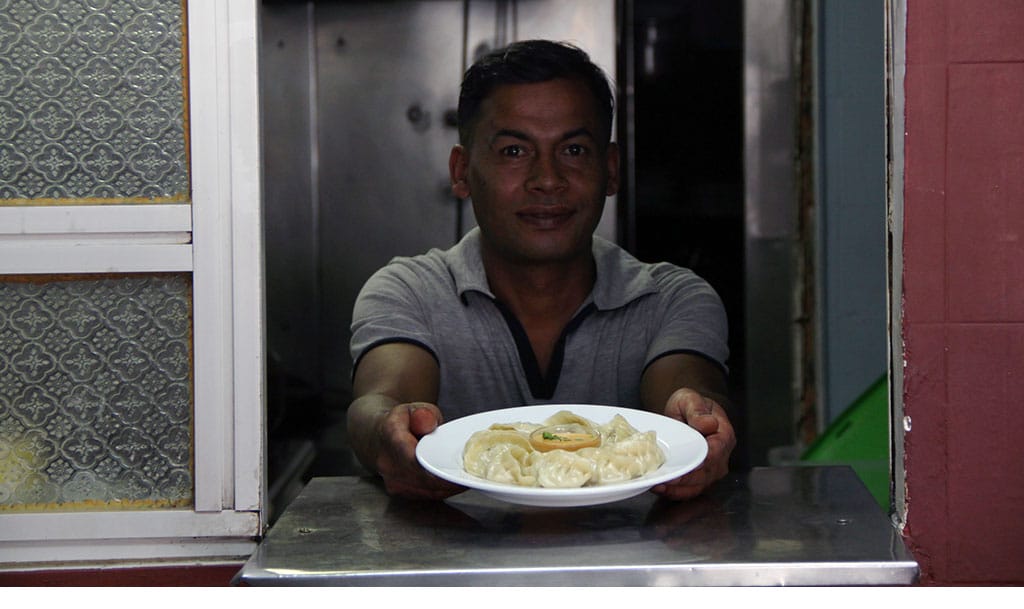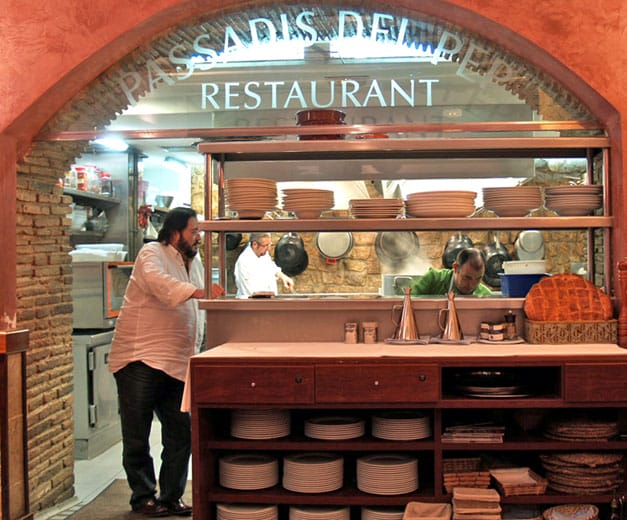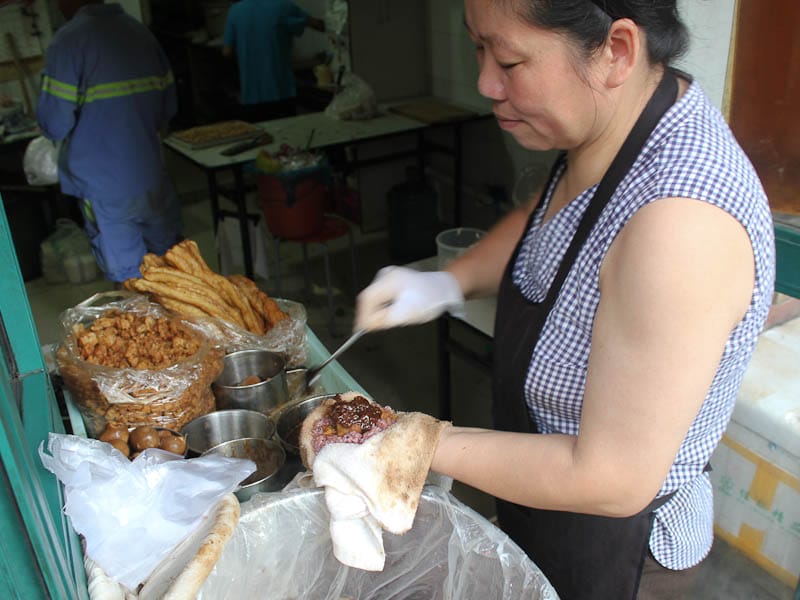The road from Nepal to Portugal might be a long one, but in recent years it has become surprisingly well trafficked. Since 2006, the Nepalese presence in Portugal has grown by approximately 400%, concentrated in particular in the metropolitan area of Lisbon, part of an Asian community that in relative terms is the fastest growing in the city.
A tight-knit community, the Nepali immigrants often find work through compatriot networks, providing each other with mutual support as they settle into life in Portugal. The food industry in particular is an important gateway into local economic life, with Nepalese-run restaurants, groceries and mini-markets now dotting the Portuguese capital.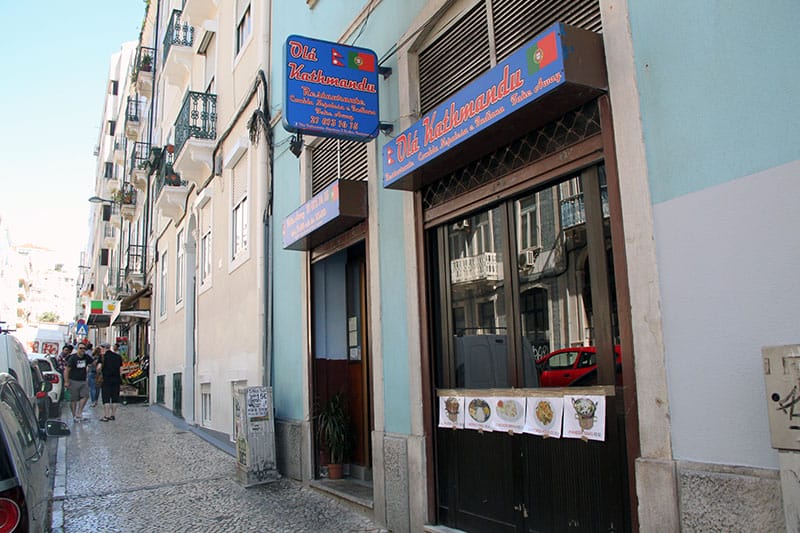 Anjos, a residential neighborhood located just north of the creeping gentrification of Lisbon’s downtown, has recently become home to a number of Nepalese restaurants. Quietly appearing among the small groceries and other local shops, they often take over dusty and abandoned tascas, old-fashioned neighborhood restaurants, adding a south Asian touch to vintage interiors that are often kept intact, in the process creating a distinct fusion aesthetic.
Anjos, a residential neighborhood located just north of the creeping gentrification of Lisbon’s downtown, has recently become home to a number of Nepalese restaurants. Quietly appearing among the small groceries and other local shops, they often take over dusty and abandoned tascas, old-fashioned neighborhood restaurants, adding a south Asian touch to vintage interiors that are often kept intact, in the process creating a distinct fusion aesthetic.
Olá Kathmandu is our favorite Nepalese refuge – an eclectic dining room with a visibly austere past, odd tiles from the 1980s and new-agey framed photos of sunsets on the wall. Opened two years ago by Kiran Khadka, a Nepali immigrant who arrived in Portugal in 2012, this quirky and cozy eatery serves up a well-rounded menu that touches on dishes from across the subcontinent.
This is because Kiran grew up in the Indo-Nepali community, one of the main groups that compose Nepal’s multicultural population, which in its whole descends mainly from three great migratory movements: India, Tibet and Central Asia. As Kiran told us, the food of his childhood was a variation of Indian cooking, which uses many of the same ingredients and components as Nepalese cuisine, but is prepared in a slightly different way.
“The Portuguese government has a good eye on us, here it is easy to be legal.”
The kitchen of Olá Kathmandu has a tandoori where several kinds of bread – garlic, butter or cheese naan, roti and paratha – are prepared daily, as well as other dishes based on chicken and lamb. Many kinds of curries take up a sizeable chunk of the menu, as well as different versions of lentil daal – one of the most important staple foods in south Asian cuisine.
“In my kitchen I have more than 70 spices. My speciality are the momos,” says Kiran, referring to the Tibetan dumpling that has become an integral part of cooking in Nepal and other parts of the region. Kiran is so proud of his minced-chicken filled dumplings that he has proclaimed himself Lisbon’s “Momo King.”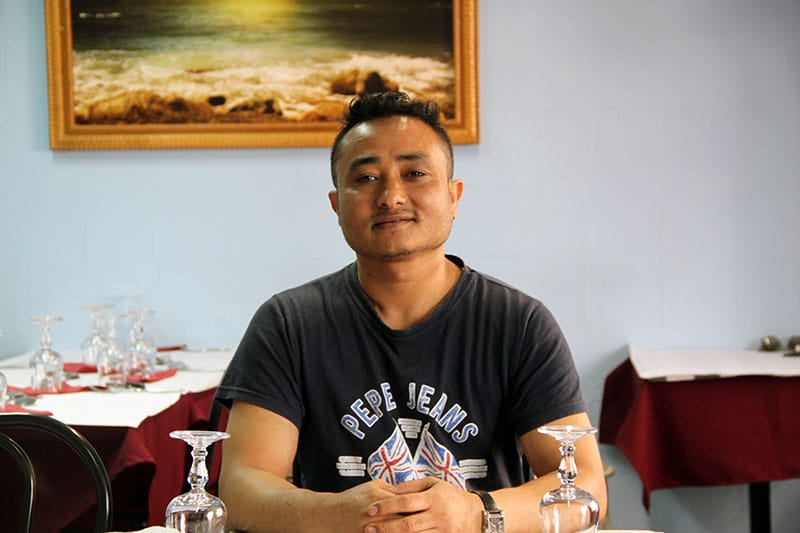 Born into a family with a deep background in food service, Kiran’s long-held dream was to open a restaurant of his own. After leaving Nepal to work for many years in Dubai, he was finally in the position to think seriously about having his own business. But, as he told us, due to the unstable political situation in Nepal he decided not to return to his home country. After a long exploratory trip through Europe, he ended up in Portugal, where, along with good weather and a lifestyle that reminded Kiran of Kathmandu, it is relatively easy for south Asians to obtain citizenship.
Born into a family with a deep background in food service, Kiran’s long-held dream was to open a restaurant of his own. After leaving Nepal to work for many years in Dubai, he was finally in the position to think seriously about having his own business. But, as he told us, due to the unstable political situation in Nepal he decided not to return to his home country. After a long exploratory trip through Europe, he ended up in Portugal, where, along with good weather and a lifestyle that reminded Kiran of Kathmandu, it is relatively easy for south Asians to obtain citizenship.
“The Portuguese government has a good eye on us, here it is easy to be legal. Local people have been very supportive with me and I felt less racism compared with other countries in Europe,” he told us.
The Momo King’s reign, it appears, will be a long one.
This article was originally published on June 29, 2017.
Editor’s note: We are regret to report that Olá Kathmandu is closed.
 July 1, 2021 La Wei Xian
July 1, 2021 La Wei Xian
We’ve been fans of the authentically spicy flavors of La Wei Xian since 2014, when we […] Posted in Shanghai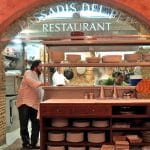 December 25, 2013 El Passadís del Pep
December 25, 2013 El Passadís del Pep
A hidden culinary sanctuary, El Passadís del Pep may be located in one of the most […] Posted in Barcelona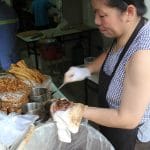 August 26, 2013 Zifantuan
August 26, 2013 Zifantuan
One of the seven necessities of Chinese daily life, rice is eaten in many forms […] Posted in Shanghai
Published on June 29, 2022
Related stories
July 1, 2021
ShanghaiWe’ve been fans of the authentically spicy flavors of La Wei Xian since 2014, when we added the ramshackle restaurant to our Night Eats tour route in the Laoximen neighborhood. The stop was a favorite of our guests for years, but in August 2017, Mr. Liu fell victim to the redevelopment of the Old Town…
December 25, 2013
BarcelonaA hidden culinary sanctuary, El Passadís del Pep may be located in one of the most visited quarters of Barcelona, but it’s out of sight of anyone who isn’t looking for it. Once you go down the long corridor that leads to the restaurant, you don’t need to do anything, and that includes choosing what…
August 26, 2013
ShanghaiOne of the seven necessities of Chinese daily life, rice is eaten in many forms throughout the day, including – and especially – at breakfast. Congee is undoubtedly China’s best-known breakfast food, but less famous globally, and wildly popular locally, is the unassuming rice ball (饭团, fàn tuán). Sometimes called cí fàn tuán (糍饭团, “glutinous…







































